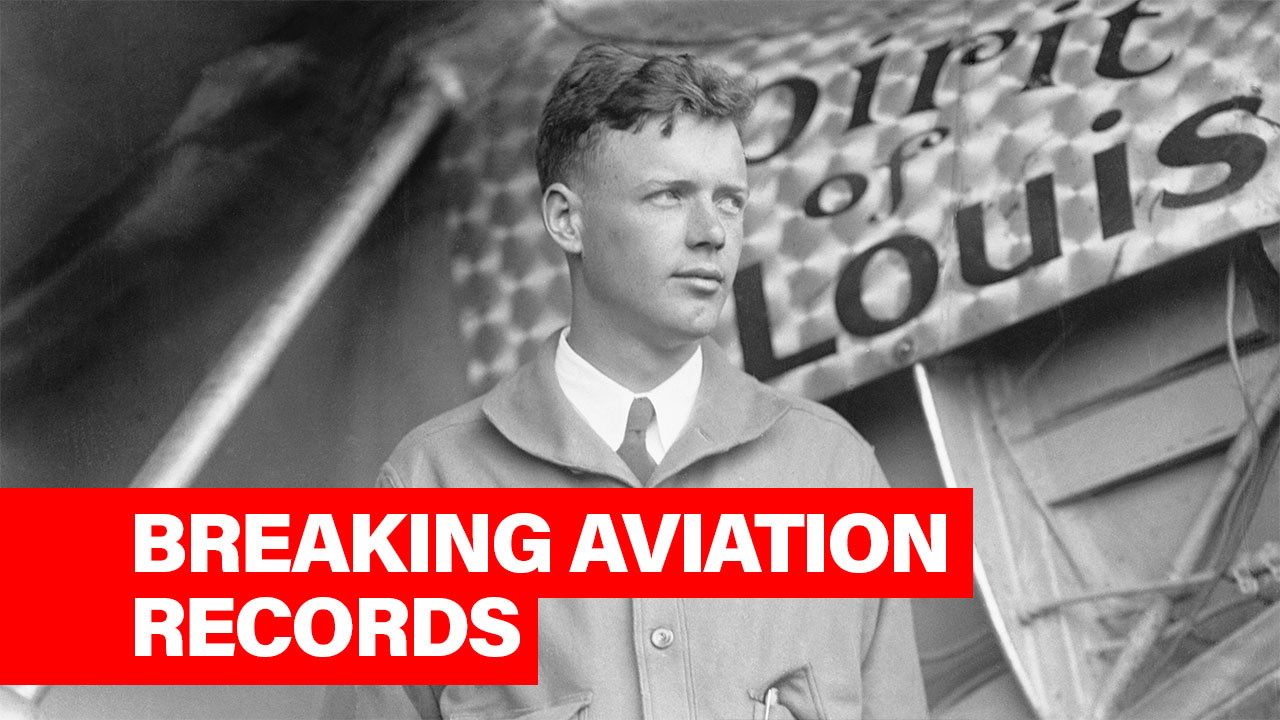It is hard to imagine these days, since transcontinental flight is so common, but flying a plane solo across the Atlantic Ocean was once seen as an undertaking so daring and dangerous that it commanded a huge financial prize for the first pilot to pull it off – $25,000 from hotel owner Raymond Ortieg.
In the 1920s, that was a lot of money – more than $350,000 today.
In 1927, four pilots were preparing to make attempts. They included French World War I ace Charles Nungesser; Richard E. Byrd, who had made history by being part of what is claimed to be the first flight to the North Pole; and two other Americans. Crashes and disagreements delayed the Americans’ planned departures, prompting bankers in St. Louis to back little-known Charles Lindbergh, a U.S. Air Mail pilot and member of the U.S. Army Air Corps Reserve.
Nungesser took off in his attempt on May 8, 1927 but but went missing over the Atlantic. Twelve days later, Lindbergh took to the skies in the Spirit of St. Louis for the crossing and made it in 33 and a half hours, landing in Paris as a hero on May 21. Lindbergh was awarded the Medal of Honor for the feat and went on to great fame. Just five years later, however, his infant son was kidnapped and murdered, a crime so sensational it garnered at least as much world attention as had his amazing aviation accomplishment.
Lindbergh later became a controversial figure due to revelations of extramarital affairs and possibly racist viewpoints. He drew wide public criticism in his initial opposition to American involvement in World War II prior to the attack on Pearl Harbor. Following the attack, however, he supported America’s role in the war and flew 50 combat missions as a civilian.
Five years after Lindbergh flew across the Atlantic, Amelia Earhart repeated the feat as the first woman to do so, flying solo from Newfoundland to Northern Ireland in a trip cut short by engine problems. Five years later, she and navigator Fred Noonan disappeared over the Pacific during her attempt to fly around the world. Their disappearance remains one of the great mysteries of aviation history but more enduring is Earhart’s legacy as an inspiration to women and all adventurers.

